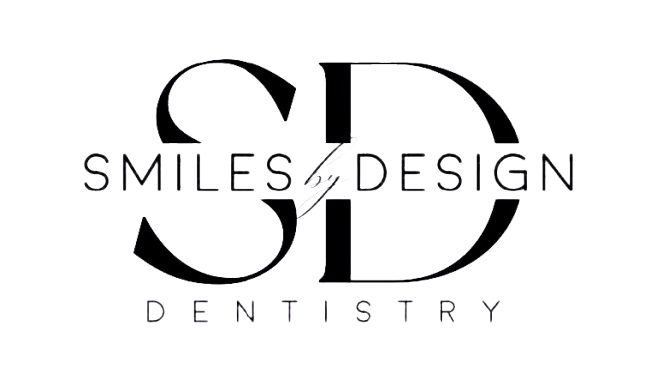
Invisalign

Invisalign is a revolutionary orthodontic treatment designed to straighten teeth discreetly and comfortably. Introduced in 1999 by Align Technologies, Invisalign uses a series of clear, removable aligners that gradually move your teeth into alignment.
If you’re searching for “Invisalign near me” in Carmel Mountain or San Diego, Smiles By Design Dentistry offers expert Invisalign treatment that delivers beautiful, confident smiles — without the hassle of traditional braces.
What Is Invisalign?
Invisalign incorporates a series of invisible (clear) plastic aligners that fit comfortably over your teeth and are designed to move your teeth gradually into the desired position.
Today, Invisalign is a leading brand of orthodontic appliance, primarily because the removable aligners (less than one millimeter thick) are designed to be more aesthetically pleasing than conventional wire-and-bracket dental braces for treating certain types of minor misaligned tooth problems.
Patients across San Diego choose our Carmel Mountain dental office for Invisalign because it offers a modern, aesthetic, and flexible solution for straightening smiles.
How Invisalign Works
The Invisalign method starts by taking only one set of impressions and photographs of your teeth, taken during the initial consultation.
These impressions are used to create a 3D computer model showing how your teeth will shift over time. From there, Align Technologies’ dental laboratory fabricates a series of custom-made aligners using CAD/CAM technology.
You’ll receive your aligners in small groups — one or two at a time — during regular visits every 4–6 weeks so our dental team can monitor progress and ensure optimal results.
A typical Invisalign treatment requires about 20–30 aligners for both upper and lower teeth, and most adults complete treatment in under a year.
Who Is a Candidate for Invisalign?
Invisalign is approved for adults and teenagers with fully erupted permanent teeth who can follow treatment instructions carefully — including how long to wear the aligners each day and attending regular checkups.
Invisalign can be used to correct mild to moderate dental alignment issues, such as:
- Overly crowded teeth
- Widely spaced teeth
- Overbite or overjet
- Crossbite
- Mild relapse after traditional braces
- Certain simple malocclusions (bite irregularities)
If you’re unsure whether Invisalign is right for you, schedule a consultation at our Carmel Mountain dental office. Our experienced dentists will evaluate your smile and discuss your best treatment options.
Why Choose Smiles By Design Dentistry for Invisalign
- Certified Invisalign provider in Carmel Mountain, San Diego
- Personalized 3D treatment plans and progress tracking
- Virtually invisible aligners — no metal brackets or wires
- Comfortable, removable, and easy to clean
- Interest-free financing available (through Care Credit, subject to approval)
Patients looking for “clear aligners near me” or “Invisalign dentist in San Diego” trust Smiles By Design for personalized care and natural-looking results.
Get Your Invisalign Consultation Today
Ready to transform your smile with Invisalign?
Smiles By Design Dentistry offers clear aligner treatment tailored to your goals and lifestyle.
📅 Book your Invisalign consultation today and see how easily you can achieve a straighter, more confident smile.
📍 15373 Innovation Drive #110, San Diego, CA 92128
🦷 Smiles By Design Dentistry — trusted Invisalign provider in Carmel Mountain and surrounding San Diego areas.



